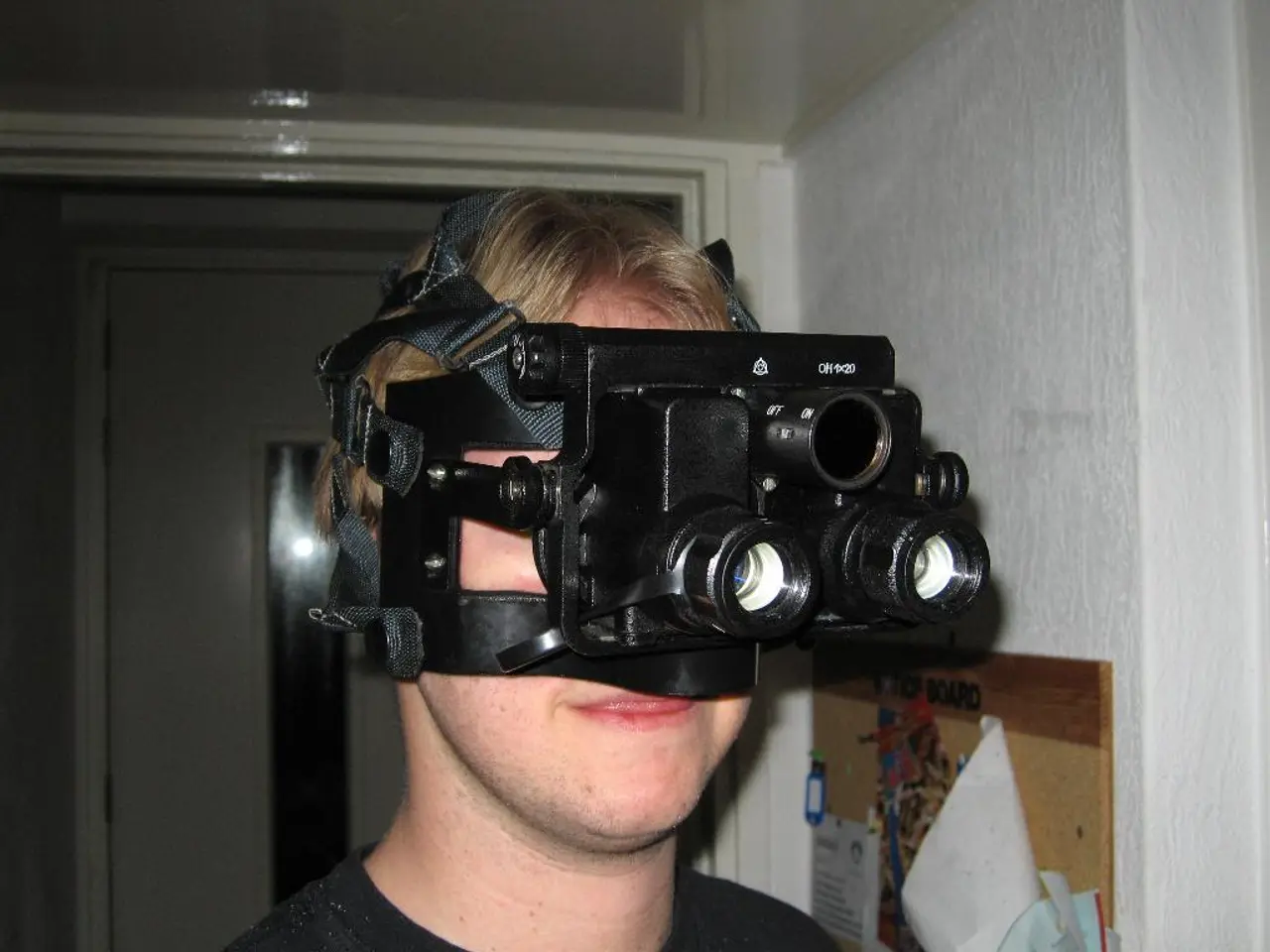10 Applications and Illustrations Showcasing Extended Reality (XR) Fueling Innovation across Various Sectors
Transforming Industries with Extended Reality (XR): A New Era of Digital and Physical Experiences
Extended Reality (XR), a revolutionary technology that encompasses Virtual Reality (VR), Augmented Reality (AR), and Mixed Reality (MR), is revolutionising various sectors by bridging the gap between the digital and physical worlds.
In the retail and e-commerce industry, XR enables virtual try-ons, immersive shopping experiences, and retail staff training, reshaping the way we shop. Meanwhile, in the automotive sector, XR solutions improve design, manufacturing, and driving experiences through design and prototyping, driver assistance, and maintenance and training.
The tourism industry is also leveraging XR technology for virtual travel previews, AR museum and heritage tours, and smart hotel services, offering an entirely new dimension to travel experiences.
Healthcare is one of the key industries benefiting from XR applications. Surgical planning and navigation, remote rehabilitation and therapy, medical training and education, collaborative diagnostics and planning, and access to care are some of the key use cases.
For instance, XR enables surgeons to visualize complex 3D anatomical structures preoperatively and intraoperatively, reducing fluoroscopy time and radiation exposure. Remote rehabilitation and therapy are being revolutionised by XR technologies, making recovery more engaging and accessible. Medical training and education are also being transformed with AI-powered AR/VR platforms, providing immersive training simulations.
XR technology is also making strides in education, making learning more interactive and engaging. The future of XR is promising, with trends including AI-Driven XR Experiences, lighter, more comfortable devices, spatial computing & the metaverse, neural interfaces & haptic feedback, and XR in everyday life.
The real estate sector is also embracing XR technology, with companies like Zillow providing 3D home tours, allowing buyers to walk through homes virtually. The defence sector is also leveraging XR for combat training, mission planning, and situational awareness, with the US Army's IVAS system providing soldiers with real-time battlefield data.
The entertainment and gaming industry is using XR for immersive gaming, virtual film production, and XR concerts and events. The COVID-19 pandemic has accelerated the adoption of XR for shopping, remote work, product design, and customer engagement.
In the manufacturing sector, XR applications are enhancing efficiency by streamlining assembly, reducing errors, and improving worker training. The applications of XR are vast and varied, and its impact on industries is significant, driving innovation, reducing costs, and improving outcomes.
References:
- XR for Healthcare: A Review of Current Applications and Future Directions
- Virtual and Augmented Reality for Rehabilitation: A Systematic Review
- Extended Reality in Surgery: A Systematic Review
- AI and XR in Healthcare: A Review
- XR in Healthcare: Opportunities and Challenges
In the realm of education and self-development, XR technology is fostering a more interactive and immersive learning experience. This revolution in education is further backed by AI-driven XR experiences, preparing students for personal growth and career development.
For job-seekers, skills-training programs that incorporate XR technology can provide a competitive edge, especially in sectors like technology, machine learning, cybersecurity, data-and-cloud-computing, and artificial-intelligence.
The integration of XR technology in the manufacturing sector is also contributing to job-search opportunities, as it streamlines assembly processes, reduces errors, and improves worker training.
As XR technologies continue to advance, they are poised to revolutionise most industries, driving innovation, reducing costs, and improving outcomes, as seen in sectors like healthcare, retail, automotive, tourism, and real estate.
In the future, we can expect lighter, more comfortable devices, spatial computing & the metaverse, neural interfaces & haptic feedback, and XR in everyday life to shape our digital and physical experiences further.
References:
- XR for Healthcare: A Review of Current Applications and Future Directions
- Virtual and Augmented Reality for Rehabilitation: A Systematic Review
- Extended Reality in Surgery: A Systematic Review
- AI and XR in Healthcare: A Review
- XR in Healthcare: Opportunities and Challenges




